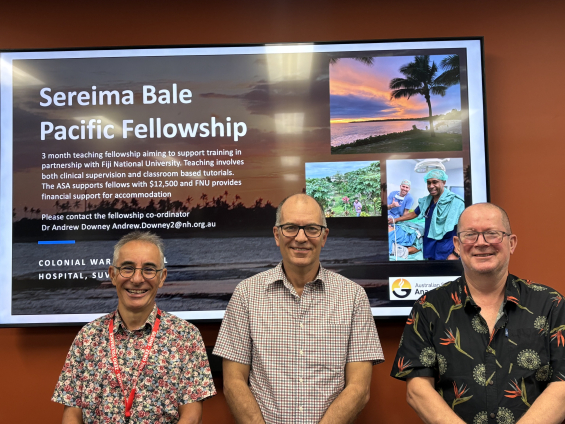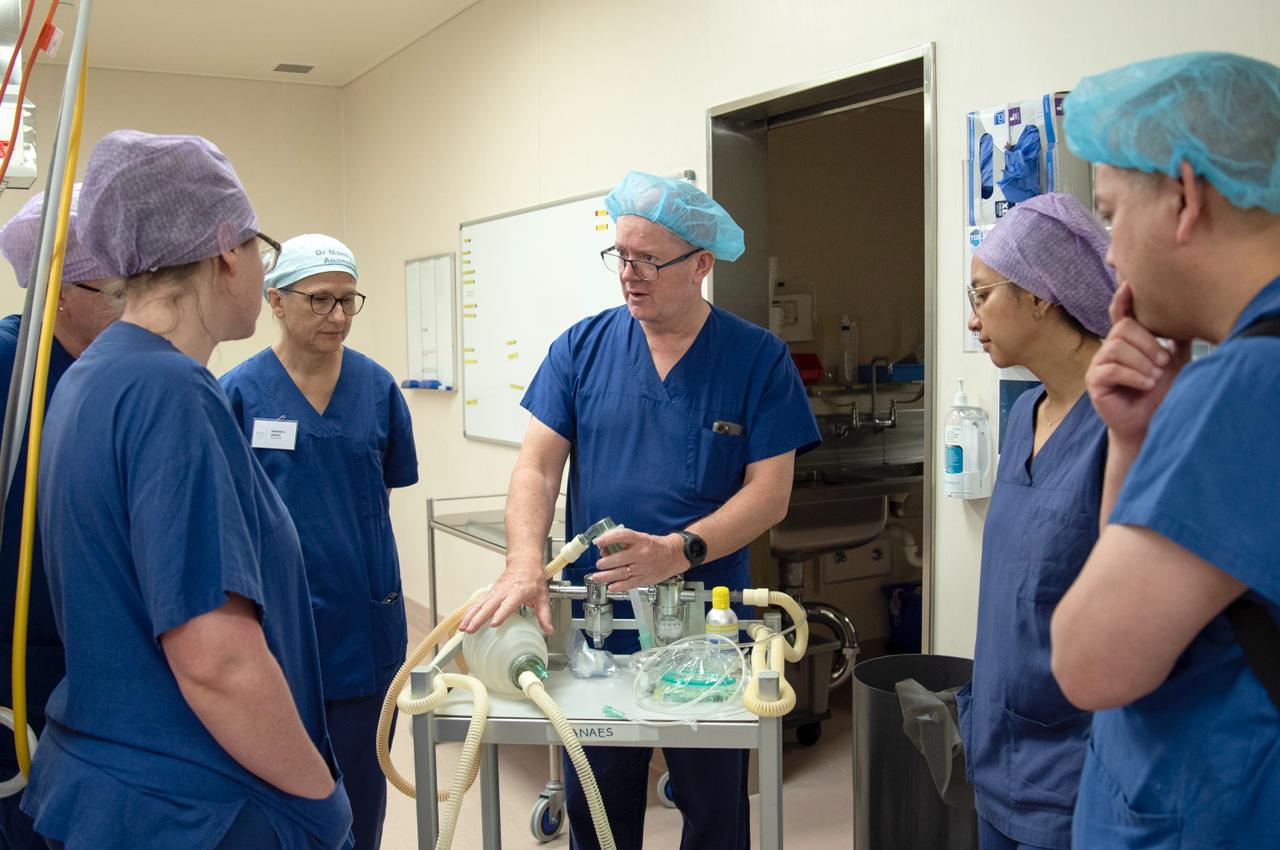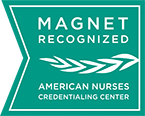
Chris Bowden’s role as Deputy Medical Director of Anaesthetics at Gold Coast University Hospital (GCUH) keeps him busy enough as it is, but his passion for health equity means he often travels to less developed countries to share his knowledge.
Facilitating vital teaching moments for others through the Real World Anaesthesia Course (RWAC) is what makes it all worthwhile for Chris, and this month it was held on the Gold Coast for the first time.
After spending most of his childhood in Vanuatu, Chris says he’s always had an interest in helping people in the Pacific and a desire to improve health experiences in low and middle-income countries.
“I believe I have a moral obligation to teach, train and educate to help build sustainable capacity in our neighbouring countries that don’t have the resources we do,” Chris said.
“My first trip was to East Timor in 2001, which was a conflict zone at the time.”
The World Federation of Societies of Anaesthesia has a system which identifies just how significant the workforce challenges are in disadvantaged communities.
Its survey calculates the number of anaesthetists per 100,000 population in each country.
According to this system, Australia has 21 anaesthetists per 100,000, whereas Papua New Guinea (which has a population of about 15 million) comes in at just 0.3.
“That would be equivalent to the Gold Coast having just two anaesthetists,” Chris said.
“Can you imagine that? Because that’s what Papua New Guinea is like, as is most of Sub-Saharan Africa.
“It proves the need for this course where we attract, teach and support interested anaesthetists to think about going and working in these sorts of environments.”
The RWAC is run with the support of the Australian Society of Anaesthetics and brings together across five days clinical components, lectures, hands-on simulations and networking.
It has been running for almost 30 years, convening for the first time in 1997 in Tasmania.
The 24 available spots are highly sought after, with faculty and participants coming from all over the world to take part in the prestigious learning opportunity.
Typically, it might take an applicant up to three years to get into the course, and it’s easy to see why after meeting with Chris during the simulation day of the course.
“We have a faculty of 13, including myself, who have extensive history and experience in working in these environments,” Chris said.
“Altogether, we have around 250 years of experience working and teaching in developing countries.
“The theatre sessions and simulation are always a highlight of the week.
“Furthermore, this is the only course in the world that has a clinical component, which is what makes it so unique.
“We actually take groups of fully credentialed participants into our operating theatres and supervise them to induce or anaesthetise patients using the sort of equipment that many national disaster response teams and non-governmental organisations use.”

As for what Chris hopes participants will take away from the course, he said it can vary drastically.
“The objective is to help consolidate the experience that some participants already have and then hopefully give others the confidence to be better prepared if they choose to take that leap,” he said.
“For someone who hasn't been overseas yet, we give them five days of highly immersive learning opportunities to work out whether it's for them or not.
“Some may decide it’s not at the end of it, while others can’t wait to jump on a plane and put the experience to use.”
In addition to his RWAC co-convenors Phil Blum and Wayne Morriss, Chris is also grateful to Jane Schweitzer in the GCUH Simulation Centre for the use of the facility.
This year’s course may have only just finished, but the work starts now for Chris and the other facilitators on next year’s course, which will be held in Melbourne.
“It’s a very labour-intensive course,” he said.
“It takes a year to prepare for it and then it’s over in five days – the time flies.”
There really is no rest for Chris, as he heads off to the Philippines next week before travelling to India, Thailand and Morocco in the next few months.
“It won’t come as any surprise to hear I live in a negative leave balance,” Chris laughed.
“I’m very fortunate to be part of a supportive department that allows me to take the time to do what I believe is so important globally.
“We’re very lucky here in Australia and it’s not until you have an opportunity to see how other people live that you realise how true that is.”



